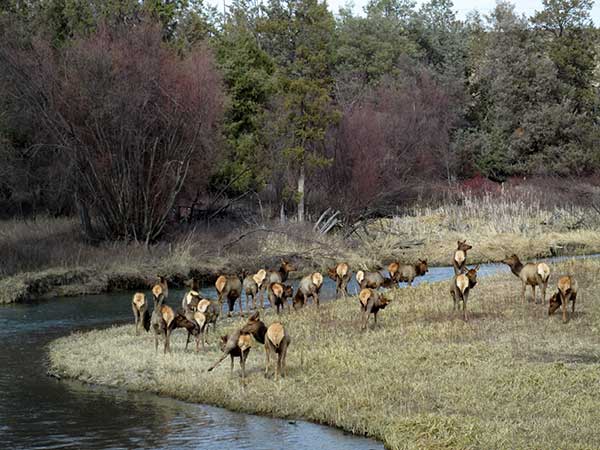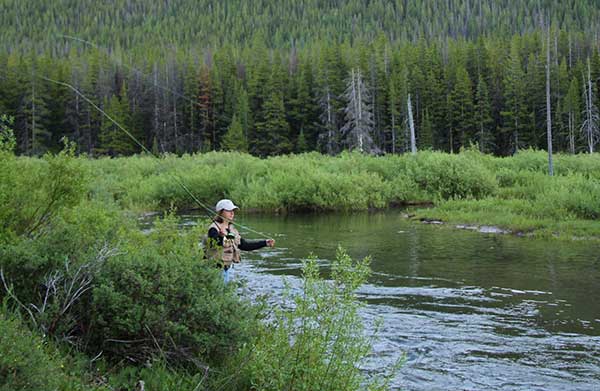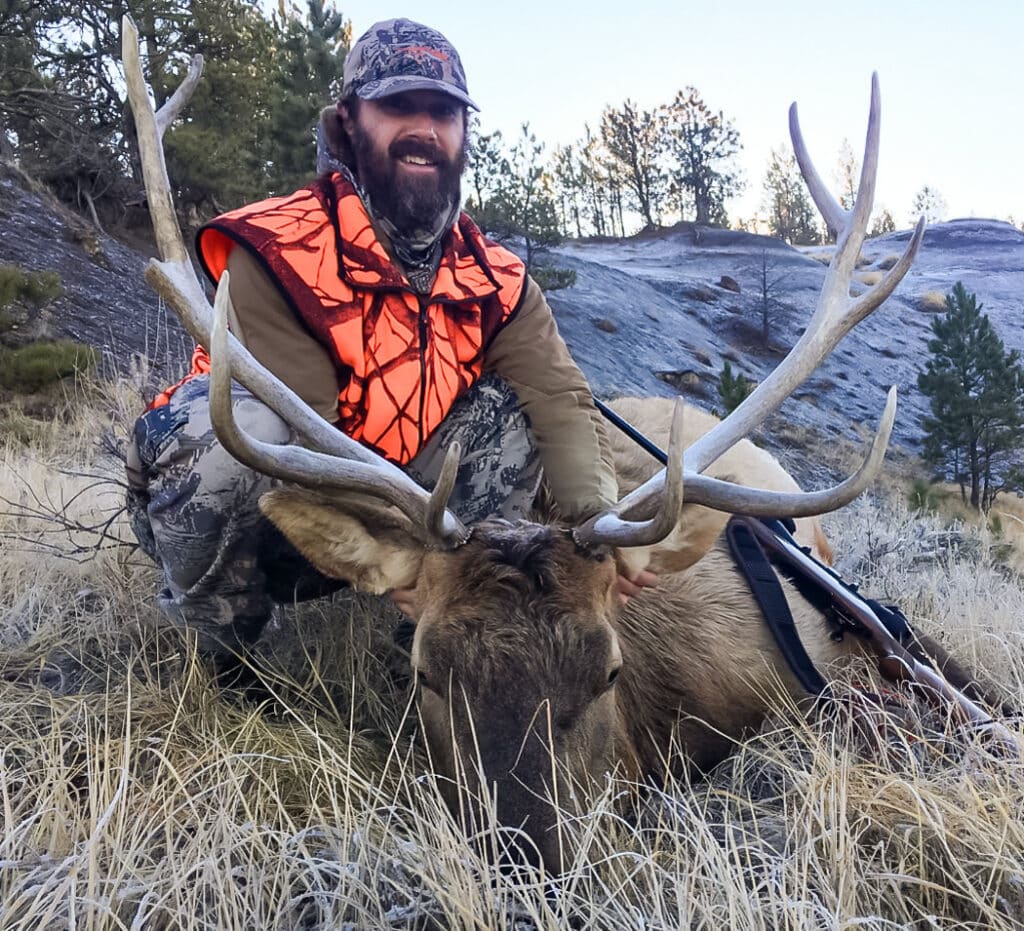Many people have never even heard of two of the most important conservation laws of the 20th century: the Pittman-Robertson Wildlife Restoration Act of 1937 and the Dingell-Johnson Sportfish Restoration Act of 1950.
Under these laws, federal excise taxes on guns, ammunition, and fishing gear are dedicated to conserving fish and wildlife and providing access for the public to enjoy the resources. These dollars are kept out of the federal budget, helping ensure that wildlife management avoids the dysfunction that plagues our political system.
Passage of the Pittman-Robertson Act was one of the National Wildlife Federation’s first major accomplishments, and the Montana Wildlife Federation was there from day one. We also helped pass Dingell-Johnson Act as well.
Just like the hunting license model at the state level, Pittman-Robertson and Dingell-Johnson embody a “user-pays” system in which hunters and anglers finance wildlife management. Over the last 75 years, these programs have provided the foundation for the recovery and management of our most treasured game and sportfish species. From white-tailed deer to pronghorn to cutthroat trout – animals that were on the brink of extinction a century ago are now abundant.
While many hunters and anglers know about how their excise tax dollars go into Pittman-Robertson and Dingell-Johnson, the programs are not well known to the general public. In addition, because Pittman-Robertson and Dingell-Johnson are funded by taxes on hunters and anglers, Americans who don’t hunt and fish aren’t contributing to the program’s work to protect our wildlife heritage.
More than a dozen years ago, some in Congress recognized this problem and created a third program called the “Wildlife Conservation and Restoration Program.” This program was meant to be the “third leg” of the American wildlife conservation funding system, providing a way for all Americans to support wildlife conservation alongside Pittman-Robertson and Dingell-Johnson. Unfortunately, unlike the Pittman-Robertson and Dingell-Johnson excise taxes, the WCRP was not established with any source of funds.
Earlier this summer, Representatives Don Young (R-Alaska) and Debbie Dingell (D-Michigan) introduced the Recovering America’s Wildlife Act of 2016 (H.R. 5650) to finish the job of funding the Wildlife Conservation and Restoration Program. This bill would dedicate $1.3 billion of existing federal revenue from oil and gas development on public lands and waters to the Wildlife Conservation and Restoration Program. This bold legislation is the direct of a recommendation from a Blue Ribbon Panel that included leaders from conservation groups, wildlife agencies, businesses, and the oil and gas industry.
If conservationists, wildlife managers, the oil and gas industry, and outdoor businesses can find common ground, our political leaders should be able to take action to adopt their recommendations. We need to act now to carry the legacy of Pittman-Robertson and Dingell-Johnson into the next century and enact dedicated funding to prevent wildlife from becoming endangered.
Take Action: Ask Congress to Pass HR 5650!
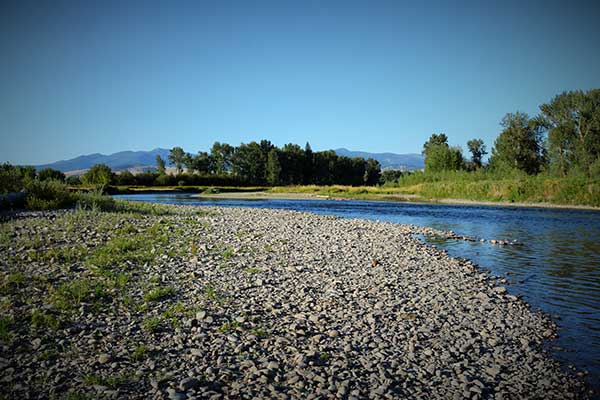
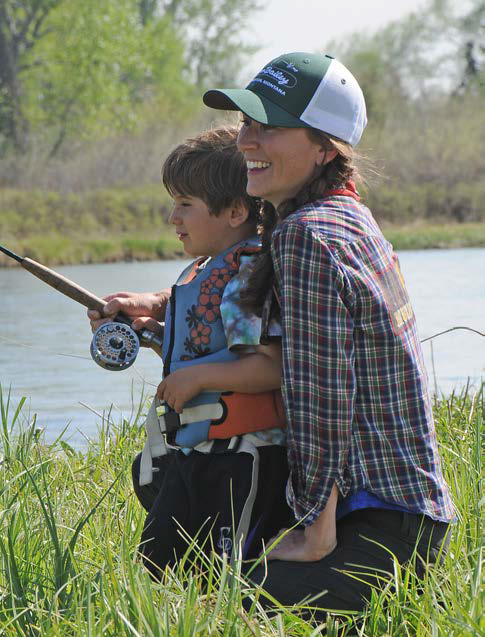 Photo Credit: Brett French
Photo Credit: Brett French